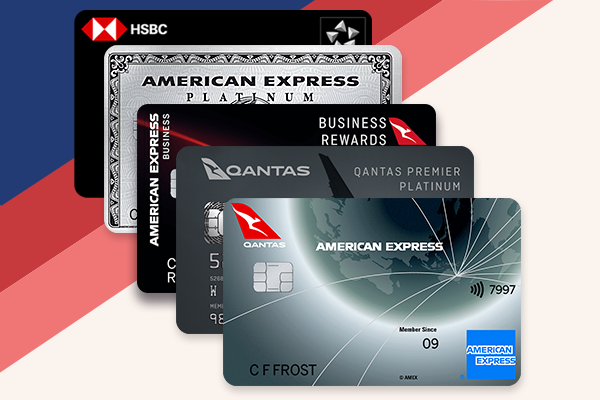A couple of years ago I flew from MEL to IAD via LAX. My bag did not arrive at IAD, and the reason may be of interest to others.
When checking in I have a habit of glancing at the baggage tag just to check that the airport codes printed in large font do in fact correspond to my itinerary. I assumed this would ensure that the bags would arrive at my destination unless there is some human error or equipment malfunction. But I discovered that my assumption was wrong. Here's what happened:
I checked in at MEL with Qantas for QF93 to LAX, connecting onto UA123 to IAD. (I forget the actual flight number, but 123 will do for the purposes of this tale. The carrier was certainly United.) There was ample connect time. I checked that the tag read LAX, IAD.
When I arrived at LAX, after passing through US Immigration, I collected my bag and proceeded to Customs, after which I re-consigned my bag. I took my UA flight to IAD, but the bag did not arrive. I told the story to the UA Baggage Services desk. Their first reaction was to blame Qantas. I asserted that I believed the fault definitely lay with United, because I had personally seen the bag at LAX, and had handed it over to UA there. As it turned out, I was wrong.
The next day I received a call from United telling me that the bag had been located at MCO and that they would get it to me later that day. They did, so all was well.
Fortunately, the original tag attached at MEL was still on the bag and I wondered why it had gone to MCO when the tag clearly said IAD. Then I read the smaller print on the tag and I saw that the flight numbers were entered as QF93/UA213, ie 213 instead of 123. OK, so the Qantas check-in officer at MEL had made a simple key stroke error. I checked on the United schedules and saw that they did indeed have a flight UA213 leaving LAX for MCO at about the same time as UA 123 for IAD.
What the episode told me was:
When checking in I have a habit of glancing at the baggage tag just to check that the airport codes printed in large font do in fact correspond to my itinerary. I assumed this would ensure that the bags would arrive at my destination unless there is some human error or equipment malfunction. But I discovered that my assumption was wrong. Here's what happened:
I checked in at MEL with Qantas for QF93 to LAX, connecting onto UA123 to IAD. (I forget the actual flight number, but 123 will do for the purposes of this tale. The carrier was certainly United.) There was ample connect time. I checked that the tag read LAX, IAD.
When I arrived at LAX, after passing through US Immigration, I collected my bag and proceeded to Customs, after which I re-consigned my bag. I took my UA flight to IAD, but the bag did not arrive. I told the story to the UA Baggage Services desk. Their first reaction was to blame Qantas. I asserted that I believed the fault definitely lay with United, because I had personally seen the bag at LAX, and had handed it over to UA there. As it turned out, I was wrong.
The next day I received a call from United telling me that the bag had been located at MCO and that they would get it to me later that day. They did, so all was well.
Fortunately, the original tag attached at MEL was still on the bag and I wondered why it had gone to MCO when the tag clearly said IAD. Then I read the smaller print on the tag and I saw that the flight numbers were entered as QF93/UA213, ie 213 instead of 123. OK, so the Qantas check-in officer at MEL had made a simple key stroke error. I checked on the United schedules and saw that they did indeed have a flight UA213 leaving LAX for MCO at about the same time as UA 123 for IAD.
What the episode told me was:
- The bar code contains the flight numbers and this is what determines the destination, not the airport code; and
- The system has no internal check to verify that the specified flight actually serves the specified airport.














